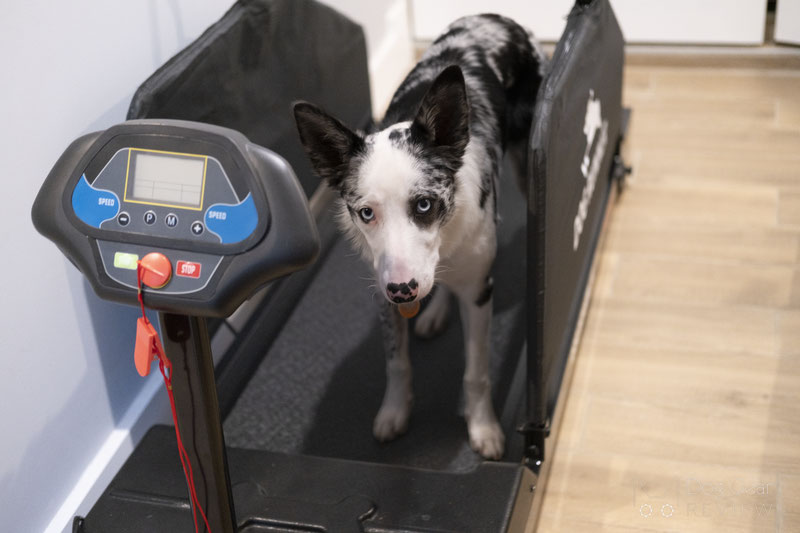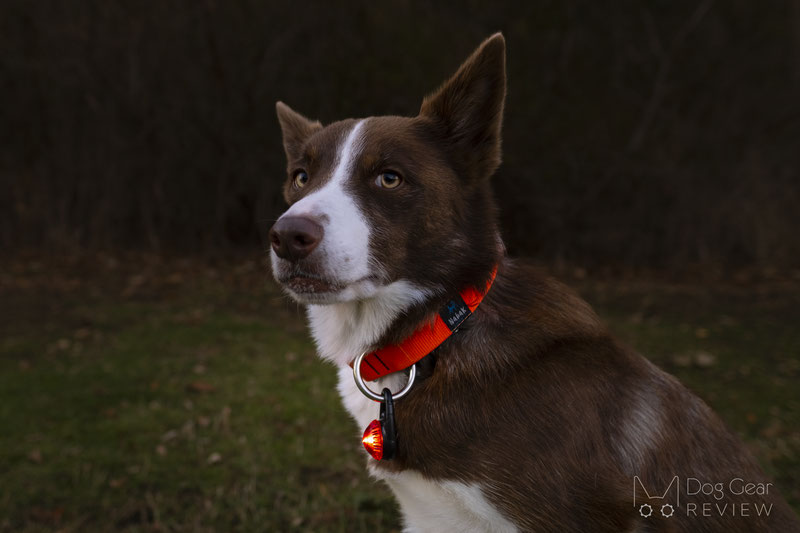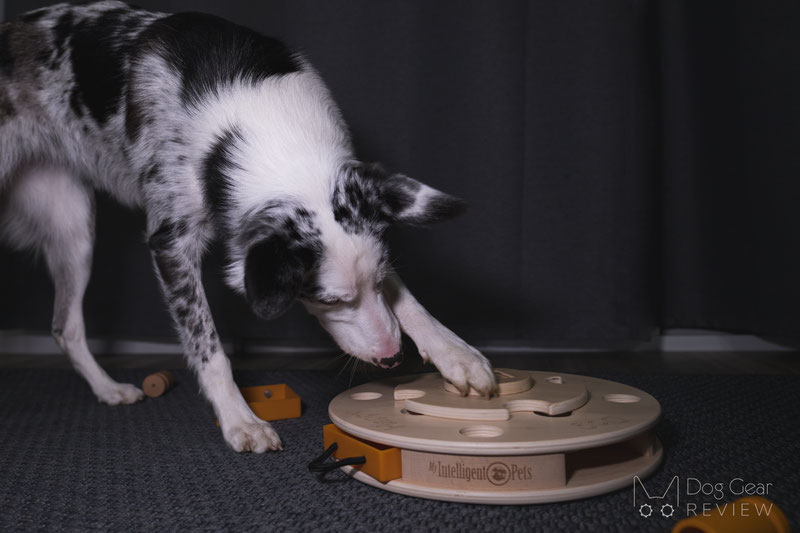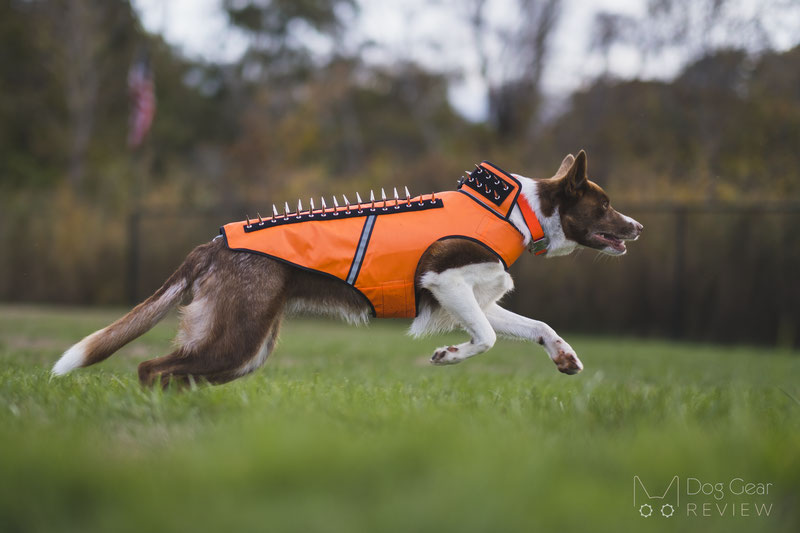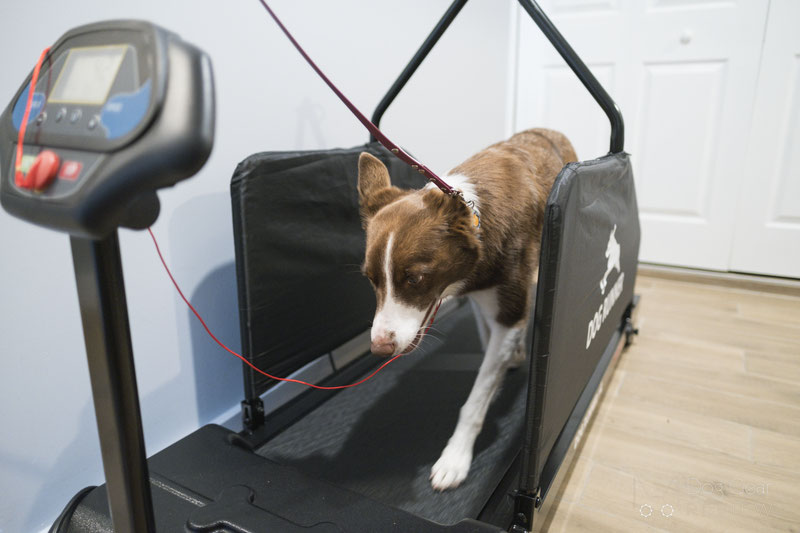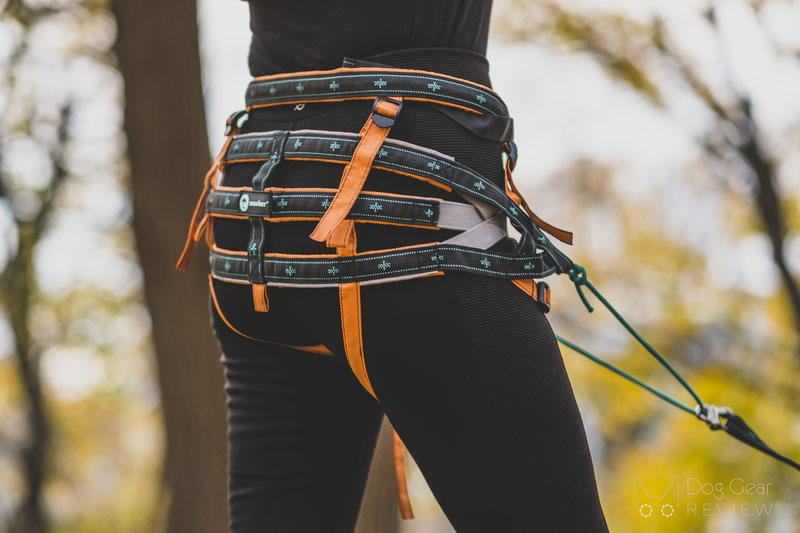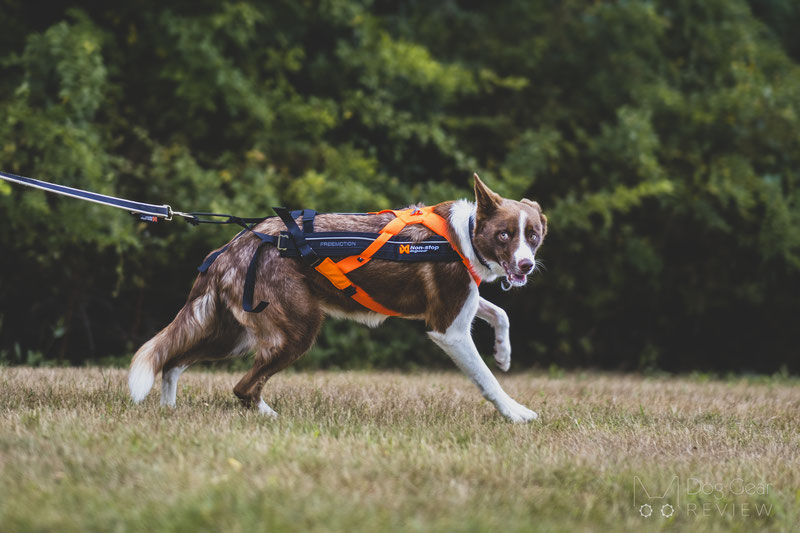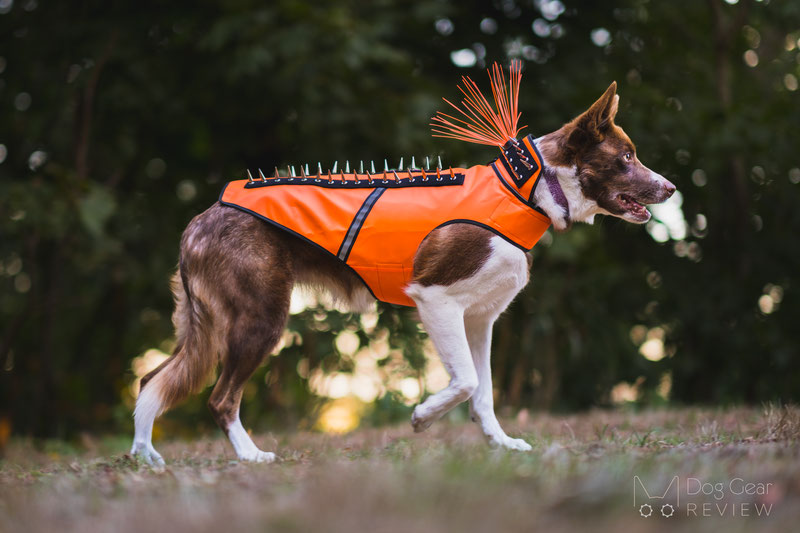While many think dog and human treadmills are the same, and companies are just trying to make more money by repacking them into seemingly dog-specific products, there are actually a few significant differences.
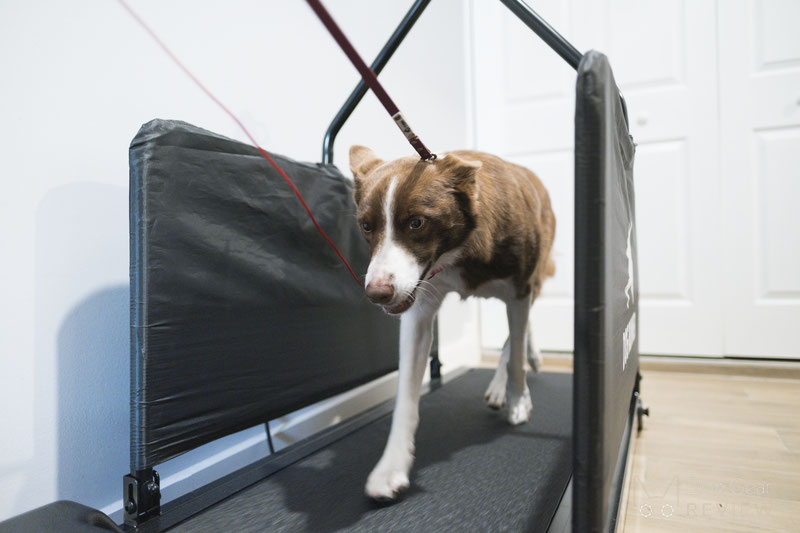
Five reasons why dogs shouldn’t use a human treadmill
Some dogs can run on a human treadmill, but regularly exercising the dog on a treadmill is not great for either the dog or the treadmill. Here are a few reasons why.
The dog can get injured by their long fur getting caught in the ventilation holes or on the motor. Most human treadmills also have gaps on both sides of the belt that can injure the dog’s paws and claws.
Large dogs have trouble on human treadmills because it is not long and wide enough for them to comfortably run and have a full stride which can cause joint issues and force them into an unhealthy posture. Their nails can also damage the treadmill’s running surface/belt since they were not designed to handle that.
Small dogs are uncomfortable because a human treadmill usually doesn’t have a slow enough speed for them to walk/trot comfortably. It’s also louder and has more vibration than the dog treadmills, making it uncomfortable for small dogs.
Dog treadmills usually have side rails that make it easier for the dog to maintain a position and not step off the treadmill and injure themself. The control unit facing outside also makes it easier for the owner to change the setting or press the emergency stop button.
If you have a longer-haired dog who sheds, the vents of the human treadmills will also pull in the hair and fill up with dog hair, ruining the motor. Dog treadmills have vents designed and placed to avoid this.

Notes
The dog treadmill featured in this article is the Maximum K9 Dog Runner Tracks.
We are currently working on its review, but in the menatime, we have another article discussing why using a treadmill is beneficial for dogs.
